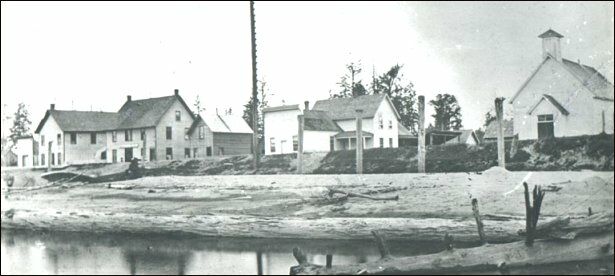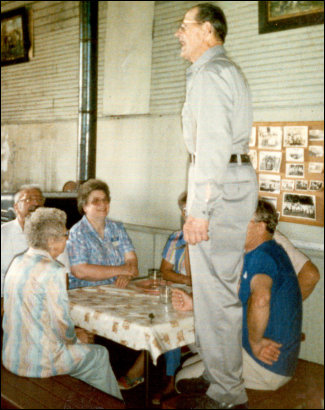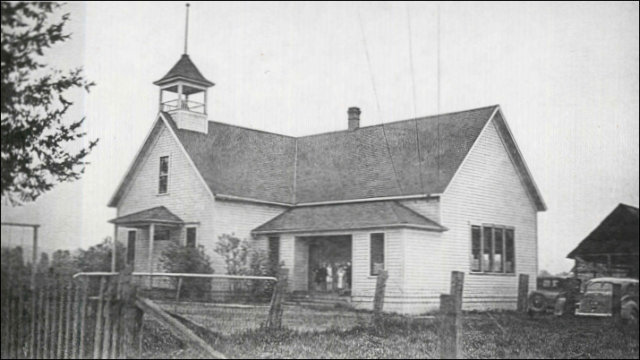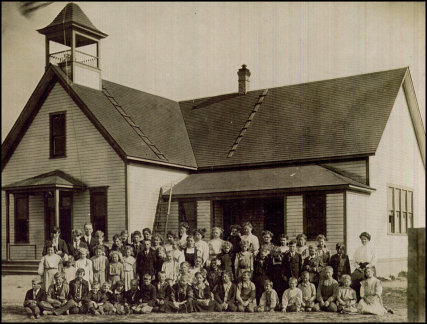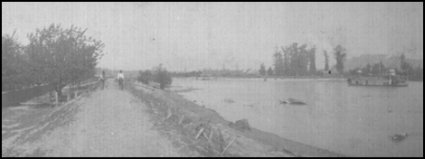Skagit City was located on the South fork side of the Skagit River, less than a mile southeast of where the river forks north and south. Tom Robinson drove me to the very spot a couple of years ago and the bank is never covered with ferns and brambles where these buildings stood circa 1890-1900. The town began near where Barker's Trading Post opened in 1869. Within ten years, most of these buildings cropped up as Skagit City became the major crossroads for trading in the area that became Skagit County in 1883. During the 1870s, hotels, stores, saloons, a school, church, the Good Templars and Masonic lodges and other businesses were built to accommodate those who were claiming land above the river's log jams located where Mount Vernon is today.
When those jams were cleared in the late 1870s, the town declined as other villages formed along the upper stretches of the river and sternwheelers ascended the river as high as Sterling and Hamilton, depending on the depth of the river. By 1906, only one building remained — the general store of Daniel E. Gage, the building at the far left. John G. Kamb Jr., a descendant of two pioneer families on Fir Island, showed us a faded copy of this photograph at the Skagit City School that does not have a date but the old handwriting on it indicates that it was from the 1920s or 1930s. It noted that the Gage store was the only one still standing at the time of the notation. Besides the store, the note indicated that the church at the far right was Baptist in affiliation and that the large white house in the center was the home and office of Dr. William Thompson.
|


